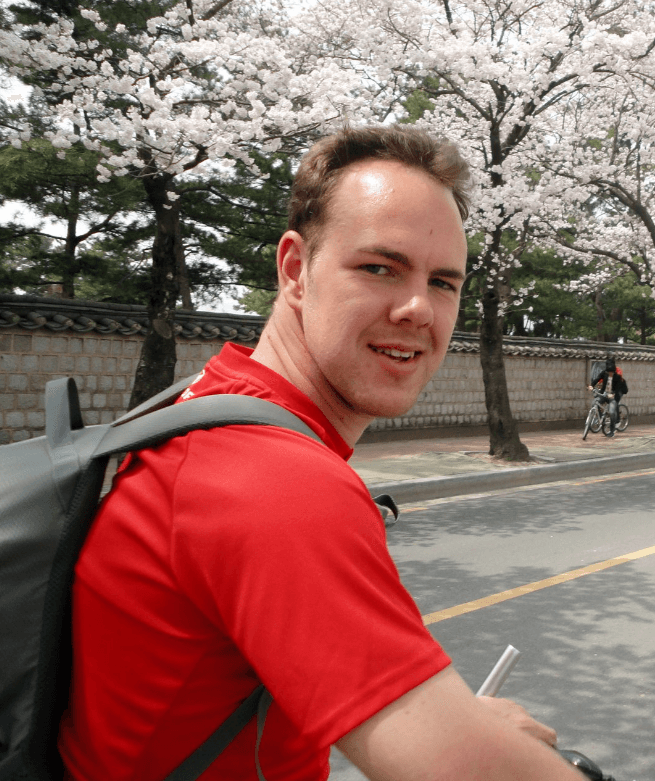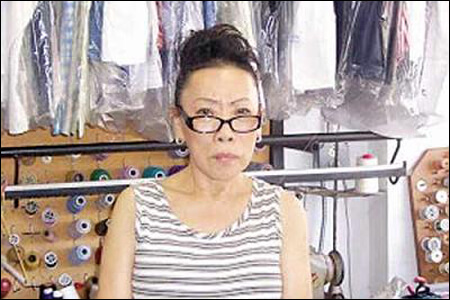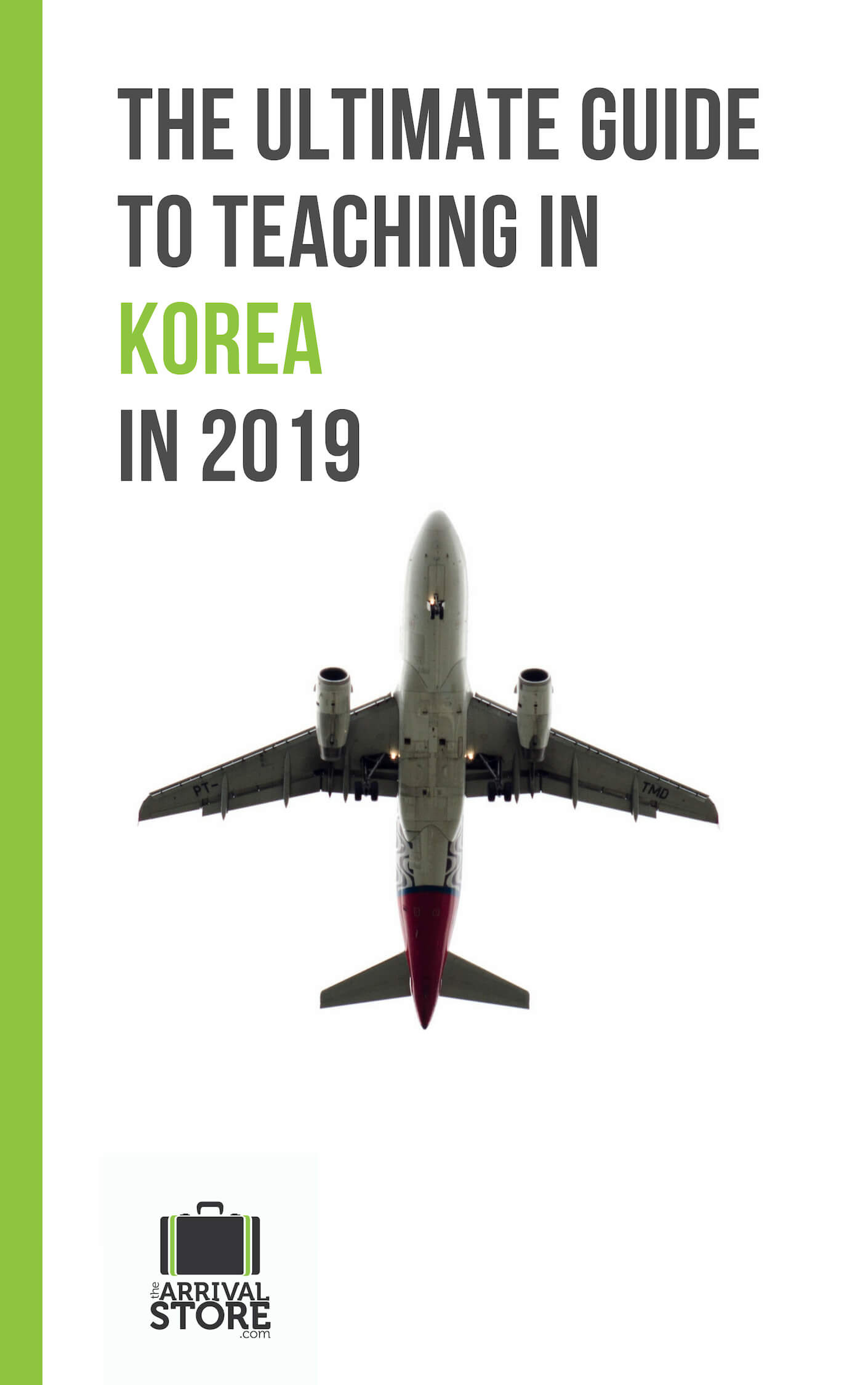15 Korean Phrases You Should Learn First
Here are 15 of the most important Korean phrases your phrasebook probably doesn’t mention until after that section on fractions. You can apply these magical words in a hundred different situations.

Having lived in both Masan and Seoul, Anthony is a master at Korean charades, and finds that having a few select phrases up your sleeve can save your arms a tiring workout. Hailing from Cape Town, South Africa, Anthony likes making small talk with Korean cabbies – the best language instructors you don’t have to pay for – and avoiding having to be the one who calls for pizza.
Even if you’re learning Korean, it’ll probably be a few weeks before you get past the chapters on Hangeul, saying “Hello, my name is John. I am a foreigner,” and asking for a discount at the traditional market. Useful lessons all, you might think, but I’m living here now: how do I ask the old lady in the restaurant where the bathroom is, or tell her I’m allergic to shrimp?
One way to learn this stuff is to find a Korean coworker or friend and just ask them; but honestly, their explanations can be spotty, marred by weak English skills or general shyness. What you really need is a survival cheat sheet with those words and phrases that are so fundamental that no one ever bothers to mention them. Well, here’s hoping that this can be that…
Notes on Pronunciation
- Bear in mind that the Korean language has almost nothing in common with English – and that includes sounds. What Korean guides might describe to you as an “a” sound is going to be slightly different in Korean. When speaking Korean try to imitate the accents and sounds of the Koreans around you – just quit the accent when you come back to English, please.
- Korean language follows a different rhythmic structure than English. Where English tends to be strongly inflected and stressed, Korean is the opposite. Try to give every syllable of a Korean word the same amount of stress as every other: it’s not an-NYEONG-ha-se-yo, nor AN-nyeong-ha-se-yo, but an-nyong-has-se-yo. One common exception is the last syllable of the vowel, which is often elongated and given a rising inflection: kam-sa-ham-ni-daaAA
- If a Korean syllable has a final consonant, that consonant is barely pronounced, almost to the point of being a glottal stop. This difference is responsible for a lot of the pronunciation problems Koreans have with English, and English speakers with Korean.
Pleasantries
1. Hello/Goodbye – 안녕하세요 – An-nyeong-ha-se-yo
An obvious one, but a necessary inclusion: this is almost certainly the most common phrase anyone in Korea will use. There are dozens of variations to account for slightly different situations and levels of respect, and it can all get really complicated. The simple solution is just to say it really fast and slur all the syllables together. Everyone will understand you, and you’ll sound like a real local. In that way you can also use this for both hello and goodbye.
Typical situation: Absolutely any meeting, greeting, arriving, departing, entering a store, sighting someone you barely know across the street, or addressing an entire school of 1200 students 12 hours after stepping off a plane.
Bonus variation: For situations requiring a high degree of respect, such as meeting your boss, speak more clearly: an-nyeong-ha-shyeo-sum-ni-ka?
2. Nice to meet you – 반갑습니다 – Ban-gap-sum-ni-da
The most pleasant of pleasantries; apply liberally whenever you find yourself suddenly introduced to a curious crowd of coworkers. Best served poured over a two-handed handshake. If you learn and master this then your Korean level will match the English level of most Korean schoolkids, whose favorite pastime will be to shout “Nice to meet you!” whenever they see you.
Typical situation: After three days at this school, you think you’ve met everyone from the principal to the janitor until someone you don’t recognize approaches you with arm outstretched. Bow, shake hands, “반갑습니다”.
3. Thank you – 감사합니다 – Kam-sa-ham-ni-da
This is probably the bare minimum for making any attempt at Korean. Use it exactly as you would its English equivalent.
Typical situation: Don’t know what they’re saying? It’s probably a compliment: smile and say thank you.
4. Excuse me/just a moment – 잠시만요 – Jam-shi-man-yo
Literally, “little time stop”, use this to get people’s attention, ask them to move out of the way, or tell them to wait.
Typical situation: You’re trying to get off a crowded train, but no one’s moving. If they still don’t move, they may be getting off too, just hold tight, and be prepared for the rush. Also: you’re waiting to get off a crowded train, but someone behind you thinks they get to push by you to be first out the door – tell them to wait!
5. I’m sorry -죄송합니다/미안합니다 – Chway-seong-ham-ni-da/Mi-an-ham-ni-da
There are two ways to say sorry in Korean: The first is a, “sorry I bumped into you” kind of sorry, while the second is more of a “I’m really sorry I knocked you over with my bike, please forgive me”, kind of sorry.
Typical situation: You arrive late to class: the former; You arrive late to class and with nothing prepared: the latter.
6. Please (Please give) – 주세요 – Ju-se-yo
Korea’s workhorse word: slap it on the end of any verb stem to make it a polite request. Long before you’re doing that, though, you’ll be asking people in shops to give you things.
Typical situation: At the bakery, that doughnut looks like it was made with actual jam and not bean paste! Point and speak: “ju-se-yo”.
Out and about

Glasses of somaek (소맥), resting after incapacitating a foreigner
7. This one/This thing – 이것 – i-geot (with a silent t)
Use together with pointing to indicate something nearby.
Typical situation: Shopping, pointing randomly at a menu
Bonus phrases:
- I like this one – i-geot jeo-wa-yo
- that one (near the listener) – jeo-geot
- that one (far from speaker and listener) – geo-geot
8. Where is the (something) – 어디예요 – o-di-ye-yo
Unless you never leave home, you’re going to need this at some point, at the very least to find the bathroom. You can also use it to find stuff in the supermarket, or in the early hours locate somewhere to sleep off all that soju and galbi.
Typical situation: “Where is the bathroom?” is such an underrated phrase. It should be in the front cover of every phrasebook, and visas across the world should show it in all the local dialects.
Bonus phrases:
- “Where is the bathroom?” – Hwa-jang-shil o-di-ye-yo
- “Where is the motel?” – Mo-tel o-di-ye-yo
- “Where is the exit?” – Chul-ip-gu o-di-ye-yo
9. Remove/Leave out – 빼주세요 – Bbae-ju-se-yo
If you’re watching carefully you can see that this includes ju-se-yo from number 6. That’s because it’s a polite request to leave something out, or remove it. It can also mean to make thinner (I think; it’s complicated), and from this meaning comes one of the greatest commercial holidays in the world (and the most magnificent marketing coup): Pepero Day, held on the 11th of November, on which it is traditional for everyone to give gifts of Pepero, a local chocolate stick snack that derives its name from this word.
Note the double “b”. When you see a double-consonant in a Romanized Korean word, it indicates an extra-strong consonant that you almost spit out. There’s no comparison in English, really, unless you’re really upset about something.
Typical situation: I use it to keep the corn off my pizza, and those with allergies employ this to keep shrimp (새우/sae-oo) out of their food and hence stave off anaphylactic shock For those people, this is a good word to know.
Bonus phrases:
- No shrimp, please – Sae-oo bbae-ju-se-yo
- No meat, please – Go-gi bbae-ju-se-yo
- No corn, please – Ok-su-su bbae-ju-se-yo
10. Beer/Soju – 맥주/소주 – Maek-ju/So-ju
The ending “주” normally indicates a type of alcohol, and there are loads of different ones for you to experiment with, but these are the most common. Soju is a clear spirit a little stronger than wine, which tastes a little like vodka. It is drunk either in sipping shots or mixed in with beer or cider (a local soft drink, similar to Sprite), but always in vast, headache-inducing quantities. When mixed with beer it is called so-maek, and will sneak up behind you and beat you repeatedly about the head. Your experience may vary.
Typical situation: Any given Friday night
Bonus phrases: Order using the count-word for bottle – 병 (byeong). As in, “maekju du-byeong” (beer, two bottles).
11. Right/Left/Straight – 오른/왼/직진 – O-reun/wen/jik-jin
Addresses in Korea are as confusing as a clown at a funeral, and giving one to a taxi driver can be tricky since you need to get your pronunciation just right. Too many foreigners have found themselves with a W40,000 taxi fare after mistakenly sending the driver to Sincheon instead of Sinchon. Far easier (assuming you know where you are, and where you’re going) is just to give the driver directions.
Typical situation: Giving directions to a taxi driver or talking a Korean airplane down to a safe landing, whichever you do more frequently
Bonus phrase: Yeogi-yo – this will tell the driver to stop: you have arrived! Don’t forget this one. (It’s also how you call servers over at your local restaurant)
Shopping

This one, I’ll take this one
12. How much is it? – 얼마예요 – ol-ma-ye-yo
This and ju-se-yo are pretty much your go-to shopping phrases. Fortunately, in Korea, you can probably get by with just this and very few numbers, since most store owners keep calculators behind the till. When you ask “how much?” they’ll just reach for the calculator and punch in the amount to show you.
Typical situation: At your local supermarket, traditional market, or restaurant; it’s all the same
Bonus phrases:
- Ssa-yo: it’s cheap!
- Bi-ssa-yo: it’s expensive!
13. Give me a discount – 깎아주세요 – Kka-kka-ju-se-yo
You won’t be able to use this in your local Lottemart, but if you’re in Insadong give it a try. A traditional market is an even better place to get discounts.
Typical situation: You’re looking for that perfect piece of Korean pottery to send home for Christmas, but in the meantime maybe you can pick up something for yourself…
14. Is there a/Do you have – 있어요 – iss-seo-yo?
This verb is one of the most powerful in Korean. It is a statement of existence, like “to be” in English, without all of English’s weird exceptions. Say it straight to make it a statement (there is a ___), or intone it to make a question (is there a ___?). Remember though to end your sentence with the verb, i.e: Bbang isseoyo? (Is there bread?/Do you have bread?).
Typical situation: You’re in Lottemart and you just can’t find where they’ve stocked the pasta – you need pasta! “Pasta isseoyo?” you ask a shop assistant. “Suphagetti?” she asks. “ne, juseyo, you respond” and follow her to a narrow shelf half-hidden behind vinegar drink.
Bonus Korean Phrase
15. I can’t speak Korean well – 한국말 잘 못해요 – Han-guk-mal jal mot-hae-yo

This is not my landlady: my landlady scares me. This woman merely ran down two armed robbers in Chicago.
A good phrase to learn, though it could probably be shorter. By the time you fully understand all the parts of it, it’ll no longer be true. Still, a useful phrase for avoiding a lot of one-sided conversations.
Typical situation: I use this a lot when avoiding my landlady, forcing her to go away and find her English-speaking son. I also offer it as an apology over the phone (with number 5) before trying to place my order with the people at Dominos.
There are a ton of really great resources out there for learning Korean online (see a list of some of them here), and a decent range of textbooks available at Korean bookshops like Bandi & Luni’s. I’d recommend Survival Korean as a good, entry-level book.
What Korean phrases do you find most useful? Drop us a comment and let us know.
Get everything you need to start living and loving your new life, waiting for you when you arrive.


